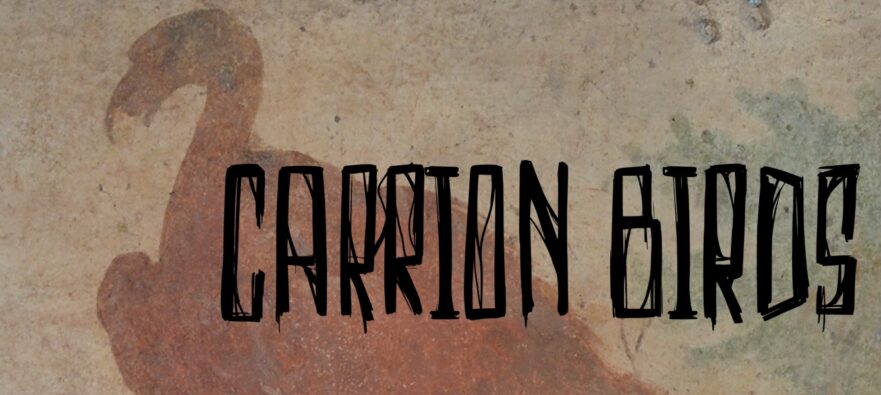Carrion Birds describes the enormity of the destruction Jesus foresaw. Israel would be rendered carrion to be picked over by the Roman legions.
LOY Excursus: Criteria for Distinguishing Type 1 from Type 2 Double Tradition Pericopae

How to tell the difference between the two types of Lukan-Matthean Double Tradition pericopae, and what the distinction can tell us about Luke’s pre-synoptic sources.
Yeshua’s Discourse on Worry
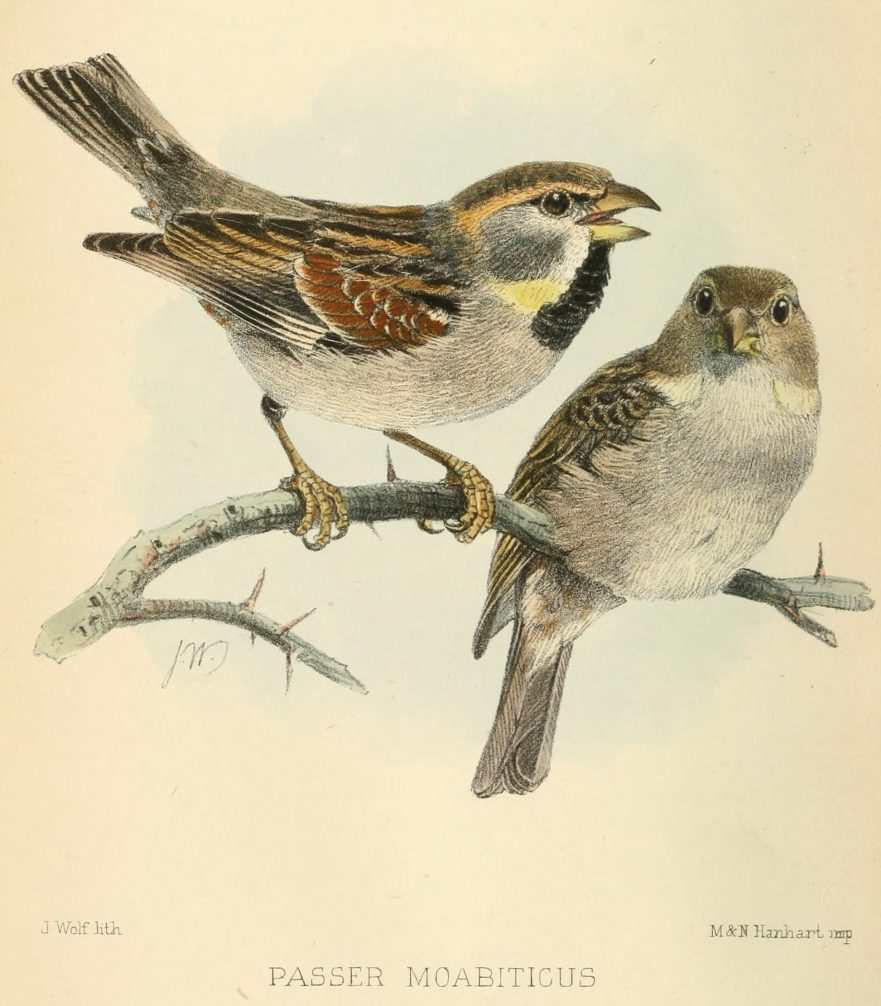
In Yeshua’s Discourse on Worry Jesus confronted one of the most serious concerns of the disciples: how would their basic needs be met now that they had given up their possessions and livelihoods in order to itinerate full-time with Jesus?
Praying Like Gentiles
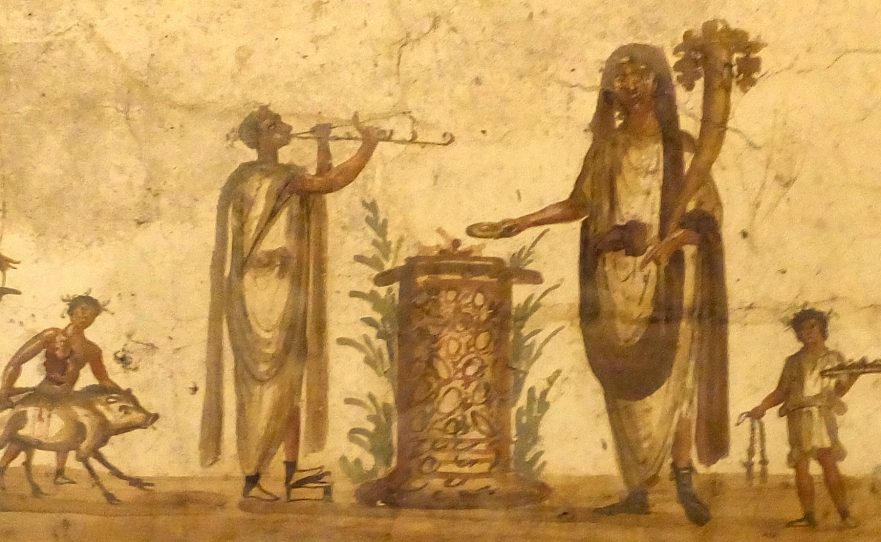
What can Jesus’ warnings against praying like Gentiles teach us about Jesus’ relationship to Second Temple Judaism and his attitude toward non-Jews?
A Farewell to the Emmaus Road
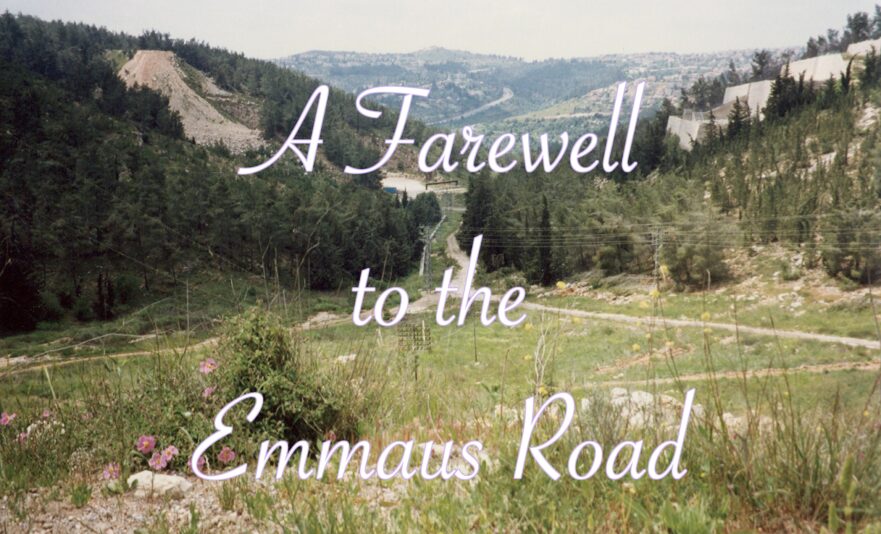
Despite the Israel Antiquities Authority’s call to action, little has been done to preserve the ancient remains of a Roman road that are still visible in the area where Jesus traveled with two of his disciples on the day of his resurrection.
Holy Land Postcard: Hula Valley Nature Reserve
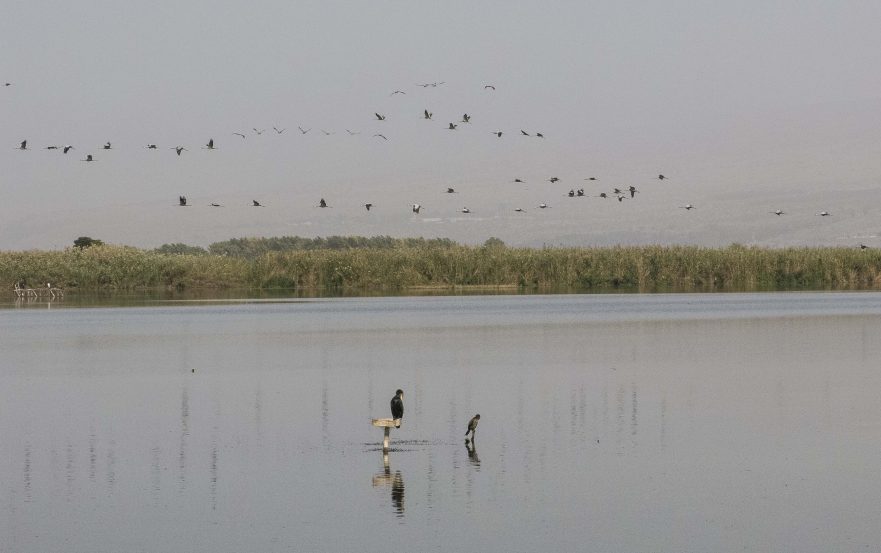
A visit to the Hula Valley Nature Reserve offers a different kind of Holy Land experience.
A Statistical Approach to the Synoptic Problem: Part 3—Single Tradition
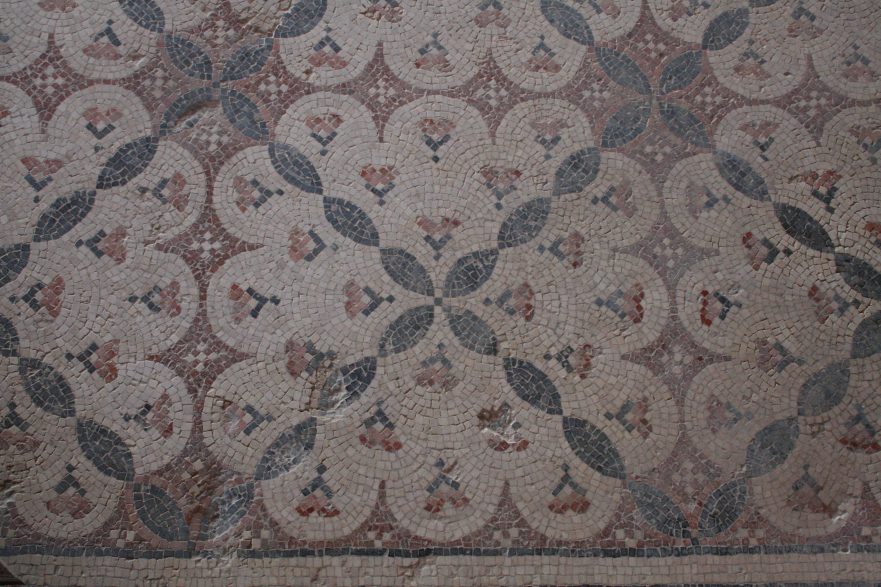
In Part Three of his series, “A Statistical Approach to the Synoptic Problem,” Halvor Ronning examines the data concerning the degree to which each of the Synoptic Gospels was influenced by a Semitic language (Hebrew or Aramaic). Ronning analyzes this data to see whether it can help us unravel the vexed question: “Who wrote first? Matthew, Mark, or Luke?”
The Major Importance of the “Minor” Agreements
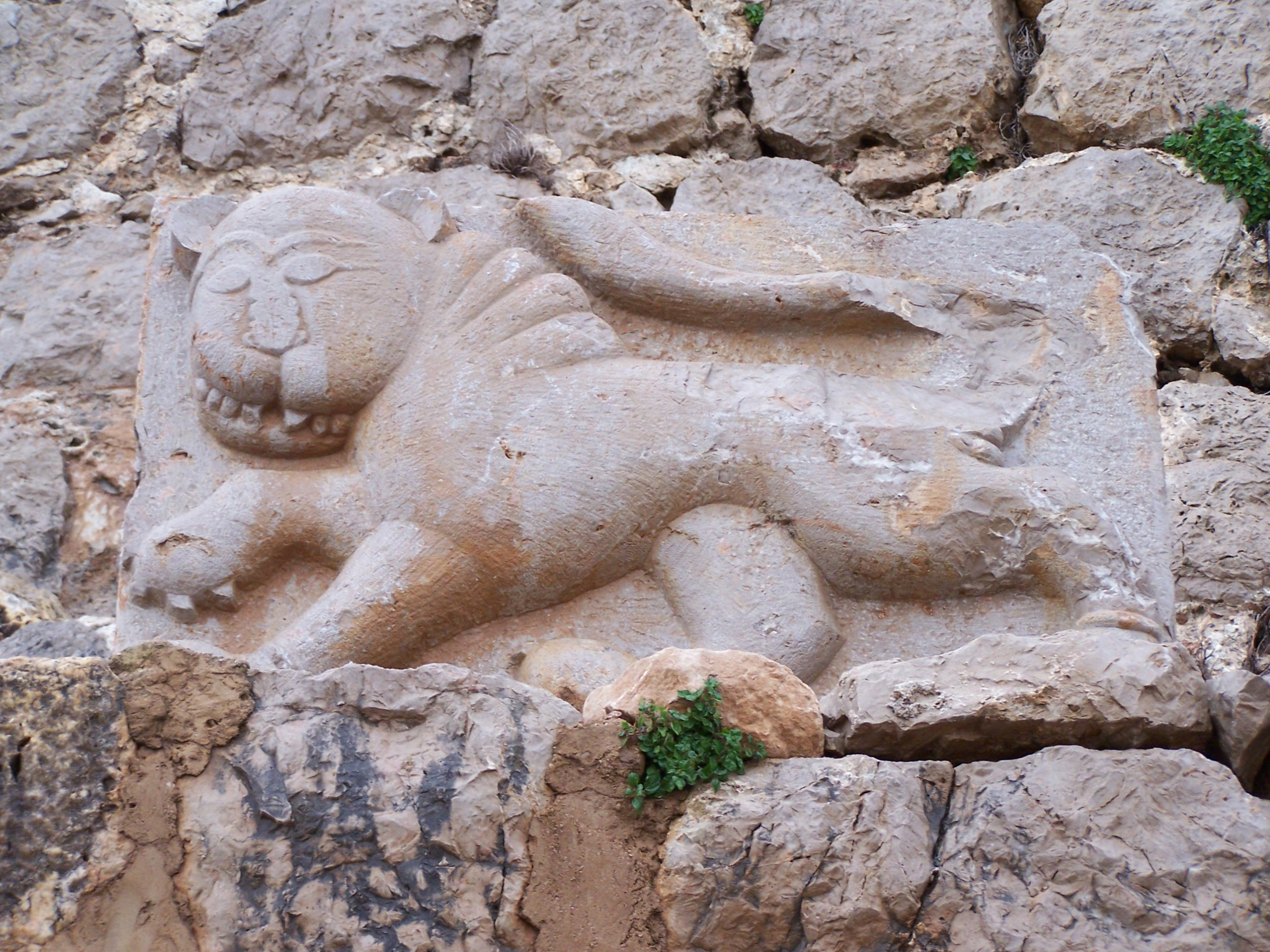
In this article, Dr. Robert Lindsey discusses the importance of the so-called “minor agreements” of Luke and Matthew against Mark for properly understanding the interrelationship of the Synoptic Gospels. David N. Bivin and Joshua N. Tilton collaborated with Lauren Asperschlager to bring this article, which previously existed only as an unfinished draft, to Jerusalem Perspective subscribers.
Herod’s Tomb, Ehud Netzer and a Case of Mistaken Identity
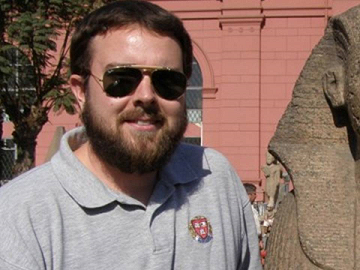
The Herodium is a great place to bring people who are exploring the Holy Land for the first time. I always felt that the site spoke eloquently to visitors of both the brilliance and madness of Herod the Great.
A New Two-source Solution to the Synoptic Problem
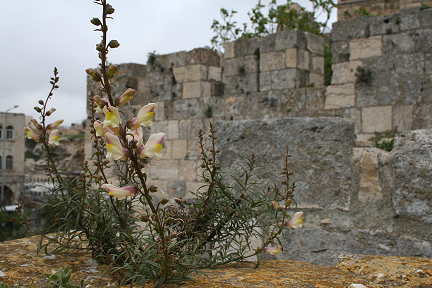
Shortly after Robert L. Lindsey’s eureka moment (“Luke is first!”) on February 14, 1962, and at Professor David Flusser’s urging, Lindsey submitted the following article to the editors of Novum Testamentum. The article was published in the journal’s November 1963 issue as “A Modified Two-Document Theory of the Synoptic Dependence and Interdependence,” Novum Testamentum, Vol. 6, Fasc. 4 (November 1963): 239-263. Lauren S. Asperschlager, David N. Bivin and Joshua N. Tilton have updated and emended the article to bring it in line with the modifications Lindsey made to his hypothesis over the following 30 years. Pieter Lechner has created the tables and graphics.
Jesus and the Enigmatic “Green Tree”
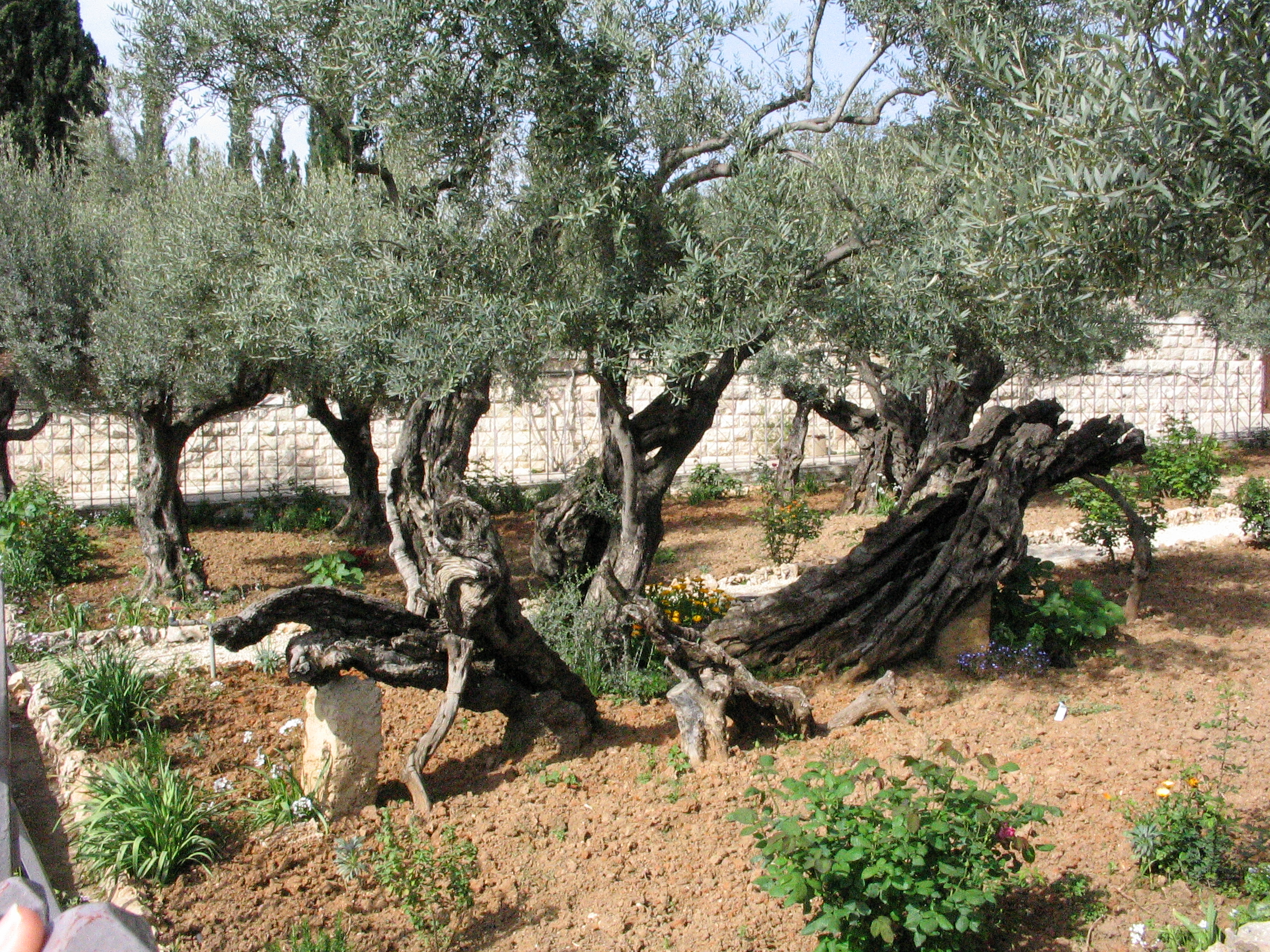
Jesus made bold messianic claims when he spoke. To thoroughly understand these claims, however, we must get into a time machine and travel back in time to a completely different culture, the Jewish culture of first-century Israel. We must acculturate ourselves to the way teachers and disciples in the time of Jesus communicated through allusions to Scripture.
Gergesa, Gerasa, or Gadara? Where Did Jesus’ Miracle Occur?
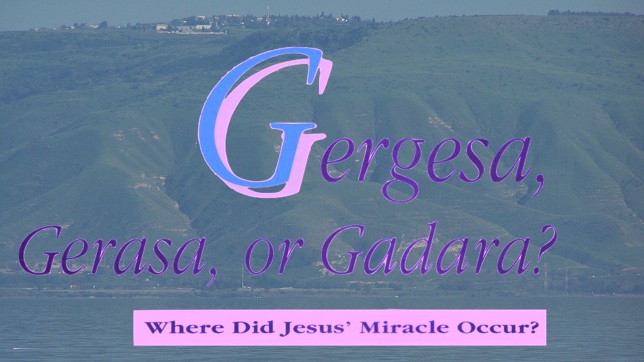
Christian tradition, at least since the fourth century, has identified Kursi-Gergesa with the miracle of the swine. But can this tradition be trusted? An Israeli geographer-historian gives us his answer.

